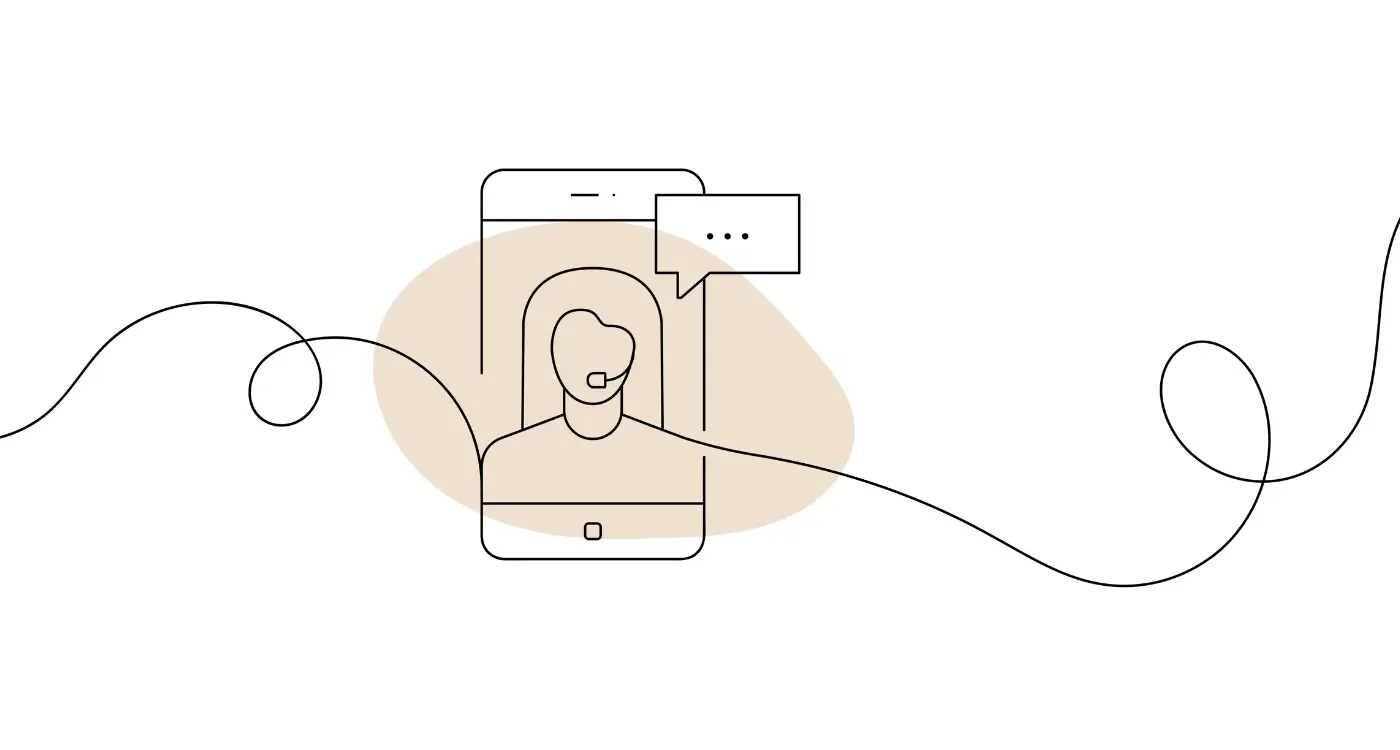Should I Use Vibe Coding or Traditional Development for My Mobile App?
Mobile app development has split into two distinct camps—and the choice between them could make or break your project. Traditional development methods have dominated the industry for over a decade, requiring separate teams to build apps for iOS and Android. But vibe coding approaches like React Native and Flutter promise to build once and deploy everywhere, cutting costs and speeding up development time.
The question isn't just about which method is cheaper or faster; it's about which approach will best serve your users and business goals. Some apps thrive with cross-platform solutions, whilst others need the raw performance that only native development can provide. The wrong choice can lead to frustrated users, blown budgets, and apps that never quite feel right.
The best mobile app development approach is the one that matches your project's specific needs, timeline, and budget constraints
This guide cuts through the marketing hype and technical jargon to give you a clear picture of when vibe coding makes sense and when traditional development is worth the extra investment. We'll examine real costs, performance trade-offs, and user experience implications so you can make an informed decision about your mobile app project.
What is Vibe Coding and How Does It Work
Right, let's address the elephant in the room—vibe coding isn't actually a real thing. I know, I know, you might be thinking "what on earth is this developer talking about?" but hear me out. The term "vibe coding" gets thrown around quite a bit online, sometimes as a joke, sometimes by people who genuinely think it's a legitimate development methodology.
What people usually mean when they say "vibe coding" is a very informal, intuitive approach to building apps where you code based on feeling rather than following structured processes. Think of it as coding by gut instinct—no proper planning, no documentation, just writing code that "feels right" at the moment. Some developers joke about having those late-night coding sessions where they're just going with the flow, making decisions on the fly.
Why This Approach Doesn't Work for Mobile Apps
Here's the thing though—mobile app development is far too complex for this kind of approach. Apps need to work across different devices, handle user data securely, and provide consistent experiences. You can't just wing it and hope for the best. The closest thing to "vibe coding" that actually works in professional development would be rapid prototyping or agile development methods, but even these follow structured principles and best practices.
So when we talk about vibe coding versus traditional development, we're really comparing an informal, unstructured approach against proven methodologies that have been refined over decades.
Understanding Traditional Mobile App Development
When people talk about traditional development, they're referring to the method we've been using since smartphones first appeared. Native development means building separate apps for each platform—one for iOS using Swift or Objective-C, and another for Android using Java or Kotlin. It's like speaking the native language of each operating system.
I've worked with traditional development for most of my career, and whilst it requires more time and resources upfront, there's a reason big companies still choose this approach. Native apps can access every feature of the device without compromise; they feel natural to users because they follow platform-specific design patterns that people already know.
Native apps typically perform better and feel more responsive because they're built specifically for each platform's hardware and software.
The Traditional Development Process
Building traditionally means you'll need separate development teams or developers who know multiple programming languages. Your iOS team works in Xcode whilst your Android team uses Android Studio. Both teams build the same features twice—once for each platform.
- iOS development uses Swift or Objective-C
- Android development uses Java or Kotlin
- Separate app store submissions required
- Platform-specific testing needed
- Different maintenance schedules
The biggest challenge? Everything takes longer and costs more because you're building two apps instead of one. But the trade-off is maximum performance and the best possible user experience on each platform.
React Native vs Flutter vs Native Development
When I'm chatting with clients about their app development options, the conversation inevitably turns to which technology stack we should use. And honestly, it's one of the most confusing areas for business owners—there are so many options out there, each with their own strengths and weaknesses.
Let me break down the three main approaches you'll encounter. Native development means building separate apps for iOS and Android using their respective programming languages. React Native lets you write code once and deploy it to both platforms, whilst Flutter offers a similar cross-platform approach but with Google's backing.
Performance and Development Speed
Native apps will always have the edge when it comes to performance—they're built specifically for each platform after all. But here's the thing: for most business apps, the performance difference is negligible. Your users won't notice it.
- Native development: Best performance, but requires two separate codebases
- React Native: Good performance with faster development time
- Flutter: Excellent performance with modern architecture
Cost and Time Considerations
This is where things get interesting. Native development typically costs more because you're building two apps instead of one. React Native and Flutter can cut development time significantly—sometimes by 30-40%. The trade-off? You might face platform-specific limitations down the line, but for most projects, the savings are worth it.
The Real Cost Differences Between Vibe Coding and Traditional Methods
Let me be straight with you—vibe coding will save you money upfront, but the real savings come from what happens after your app launches. I've seen clients spend £80,000 on separate iOS and Android apps when they could have built both with React Native or Flutter for around £45,000. That's a massive difference, and it's not just about the initial build.
The beauty of vibe coding lies in maintenance costs. When you need to fix a bug or add a new feature, you're doing it once instead of twice. Your development team doesn't need separate iOS and Android specialists—one skilled developer can handle both platforms. This cuts your ongoing costs by roughly 40-60%.
Where Traditional Development Still Costs Less
There are times when native development actually works out cheaper. If you're building a simple app that only needs one platform, going native might save you money. The tooling is more mature, and you won't need to worry about cross-platform compatibility issues that can eat into your budget.
We saved our client £120,000 over two years by switching from native to React Native development, and their app performed just as well
The decision comes down to your long-term plans. If you're testing an idea on one platform first, start native. But if you know you'll need both iOS and Android eventually, vibe coding with React Native or Flutter makes financial sense from day one.
Performance and User Experience Considerations
Let's be honest—nobody likes a slow app. I've watched countless promising projects fail because they prioritised speed of development over actual app performance. Vibe coding might get your app built faster, but there's always a trade-off somewhere.
Traditional native development gives you direct access to device hardware and operating system features. This means smoother animations, faster load times, and better battery life. Your app feels like it belongs on the device because it was built specifically for it.
The Reality of Cross-Platform Performance
Vibe coding approaches—whether that's React Native, Flutter, or hybrid frameworks—add an extra layer between your code and the device. Think of it like having a translator in a conversation; sometimes things get lost or delayed. Most users won't notice the difference in everyday use, but power users definitely will.
React Native apps can struggle with complex animations and heavy data processing. Flutter performs better but still can't match native speed for graphics-intensive applications. If you're building a simple business app or content-based platform, these differences might not matter much.
User Experience Beyond Speed
Performance isn't just about speed—it's about feeling natural on each platform. iOS and Android users expect different navigation patterns, button styles, and interaction methods. Native development handles this automatically, whilst vibe coding requires extra work to get platform-specific behaviours right.
When Vibe Coding Makes Sense for Your Project
After years of building mobile apps, I've learned that choosing between vibe coding and traditional development isn't about picking the "best" option—it's about picking the right option for your specific situation. And honestly, that decision comes down to three main factors: your budget, your timeline, and what you're actually trying to build.
Vibe coding (or cross-platform development using React Native or Flutter) makes the most sense when you need to get your app to market quickly without breaking the bank. If you're a startup with limited funds or a business testing a new idea, spending twice as much on separate native apps might not be wise. You can launch on both iOS and Android simultaneously, gather user feedback, and iterate fast.
Perfect Scenarios for Vibe Coding
- Content-heavy apps like news platforms or social media feeds
- Business applications with forms, dashboards, and data display
- E-commerce apps with standard shopping features
- Educational apps with videos, quizzes, and text content
- Prototypes and minimum viable products (MVPs)
If your app relies heavily on device-specific features like advanced camera controls, complex animations, or cutting-edge hardware integration, traditional native development might be worth the extra investment.
The sweet spot for vibe coding is when you need a solid, functional app that performs well across platforms without requiring bleeding-edge performance or highly specialised device features. Most business apps fall into this category perfectly.
Conclusion
After eight years of building mobile apps for everyone from scrappy startups to Fortune 500 companies, I've seen plenty of development trends come and go. Some stick around because they genuinely solve problems—others disappear faster than you can say "remember when everyone was obsessed with blockchain apps?" Vibe coding sits somewhere in between right now.
The truth is, there's no universal answer to whether you should use vibe coding or stick with traditional development. It depends on your project, your timeline, your budget, and frankly, your tolerance for risk. If you're building a simple app with straightforward functionality and need it yesterday, vibe coding might be perfect. But if you're creating something complex that needs to squeeze every drop of performance from a device, traditional native development is probably your best bet.
What I can tell you is this: don't get caught up in the hype around any single approach. The best mobile apps are built by teams who understand their users' needs first, then choose the right tools to meet those needs. Whether that's vibe coding, React Native, Flutter, or good old-fashioned native development doesn't matter half as much as building something people actually want to use.
Share this
Subscribe To Our Learning Centre
You May Also Like
These Related Guides

What Costs More: Native Apps or Cross-Platform Development?

How Much Does It Cost to Set up Customer Support for a Mobile App?



